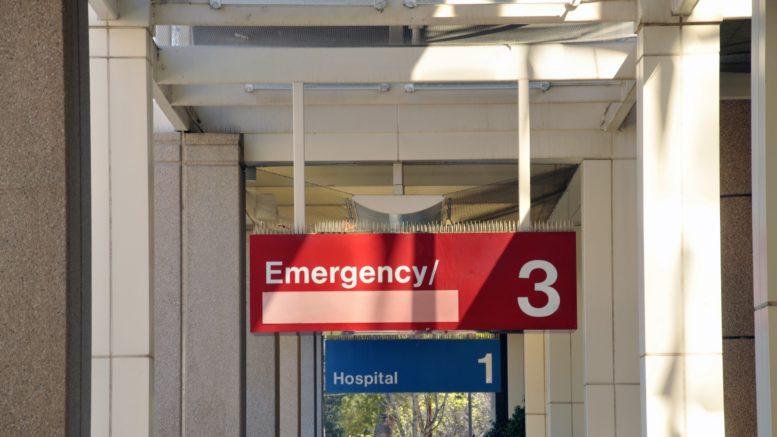$5 health screening invitation
I refer to the article “$5 health screening: Letters out from August” (Sunday Times, Apr 16).
It states that “The $5 covers tests and, should any prove positive, a consultation with a doctor. The 400,000 Pioneers get the screening for free, while those with the Chas card pay just $2. Without the subsidy, it costs about $100.
Today, many people here who suffer from chronic ailments are not aware of it, so they do not take steps to keep them under control, leading to major health problems.
The MOH thinks about a third of diabetics are not aware they have this disease that, uncontrolled, could lead to kidney failure, blindness and amputations.
Similarly, many people who have high cholesterol and blood pressure levels also do not know of them, since there are no symptoms in the early stages. But uncontrolled over time, they raise the risk of getting heart problems and stroke. Colorectal cancer is the most common cancer for men, and second in the list behind breast cancer for women.”
Only 8% take up health screening invitations?
According to a Parliamentary reply on 21 October, 2013 – “The total number of residents aged 40 years and older who received 1st invitation letters and rescreen invitations were 490,000 in 2011 and 200,000 in 2012. In 2011, 36,000 people attended health screening under the ISP and 19,000 people in 2012”.
So, does it mean that the percentage who took up the health screening invitation was only about eight per cent (55,000 (36,000 + 19,000) divided by 690,000 (490,000 + 200,000))?
Why was the take up rate so low?
Perception that healthcare is unaffordable?
One of the primary reasons may be the perception that healthcare is unaffordable.
Prevention better than cure
Whilst I applaud the Ministry of Health for this big step to focus more on prevention rather than cure (“Prevention is better than cure, as costs keep rising” (Sunday Times, Apr 16) – we may need to address the perception that healthcare may be unaffordable.
Subsidised & non-subsidised routes?
There are two routes in out public healthcare system – the subsidised and non-subsidised route.
Delays if select subsidised route?
As the subsidised route is often plaqued by delays of up to months for procedures, treatments, tests, or just simply to see a specialist, etc – some patients or their family members may opt for non-subsidised treatment (Class B1 and A), without realising that the total bills in B1 may be a few times more than C or B2.
Leong Sze Hian
